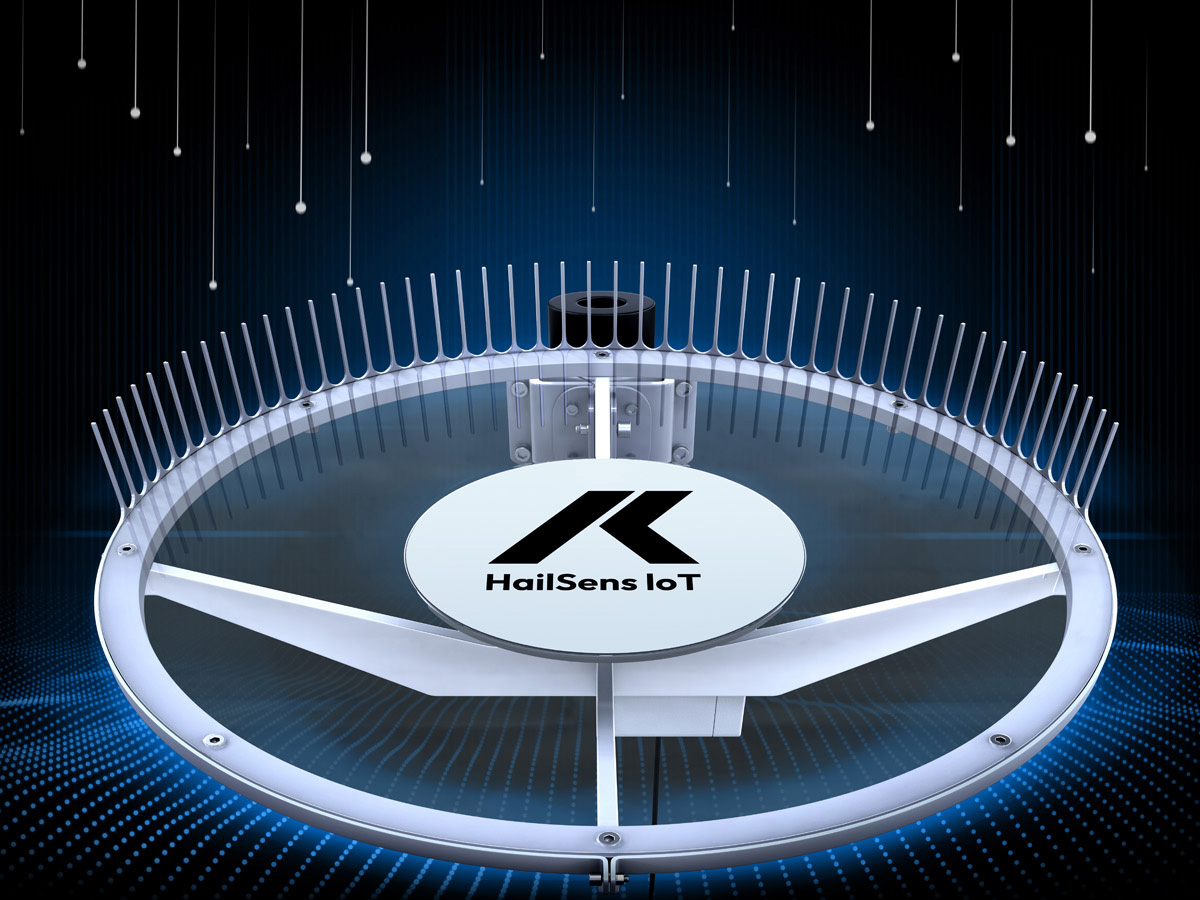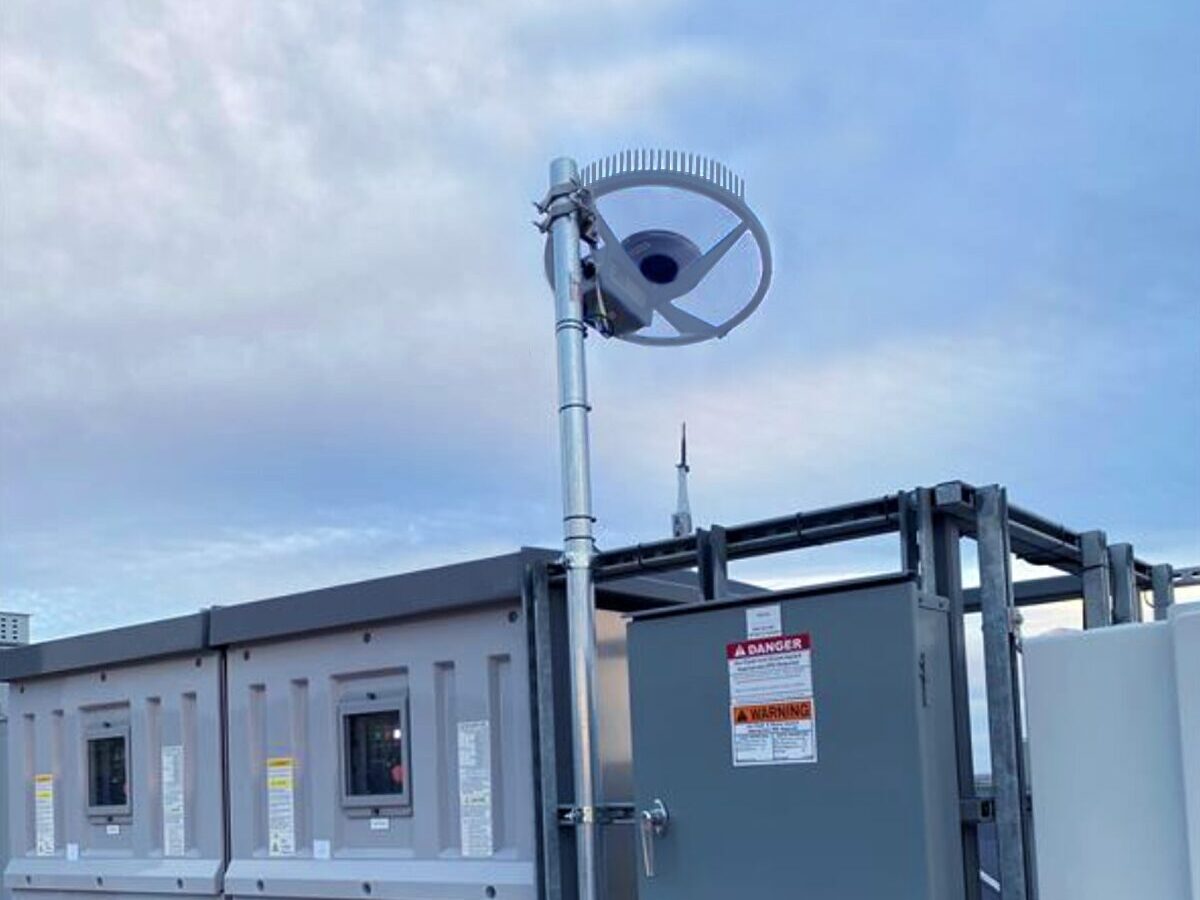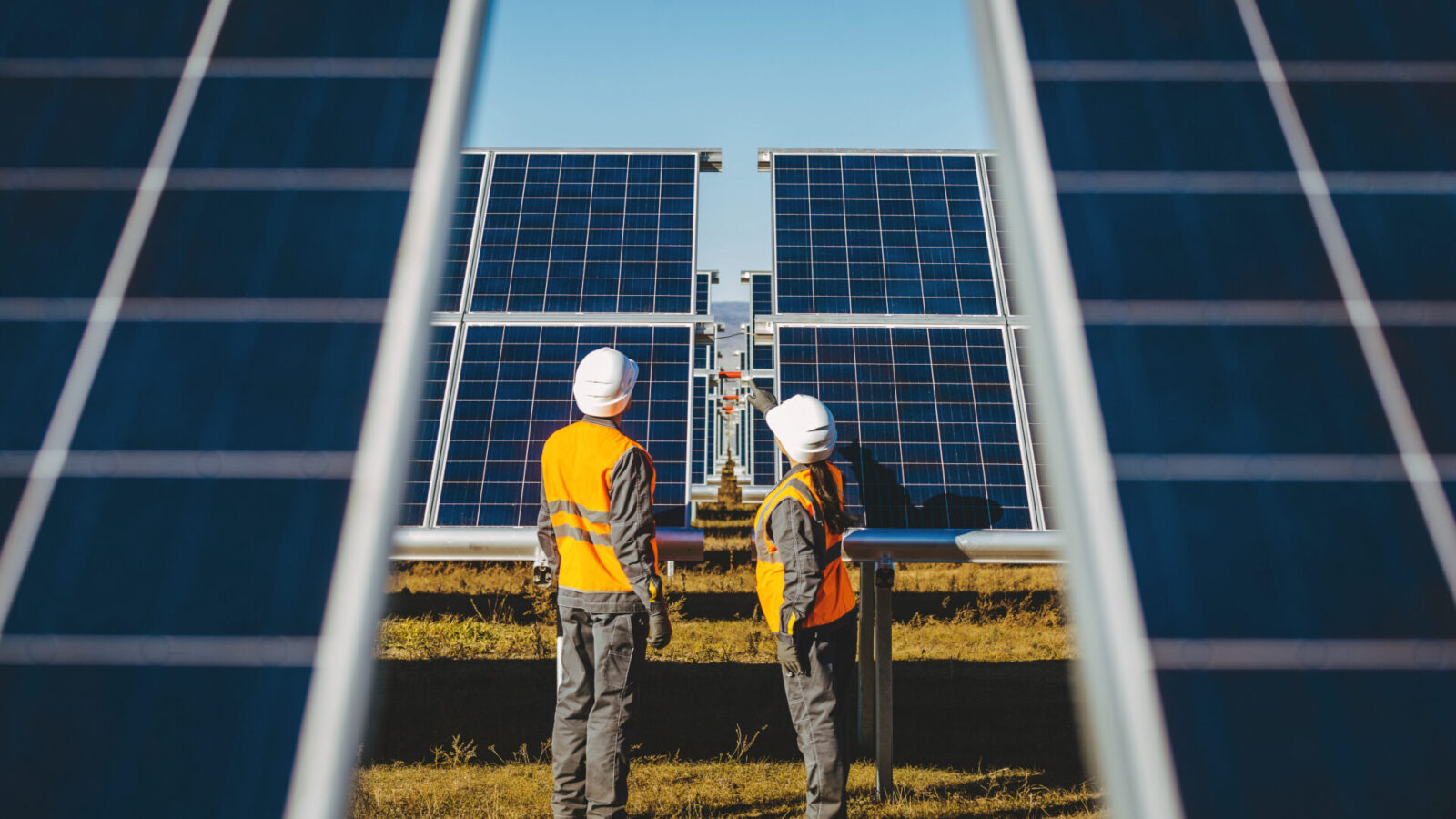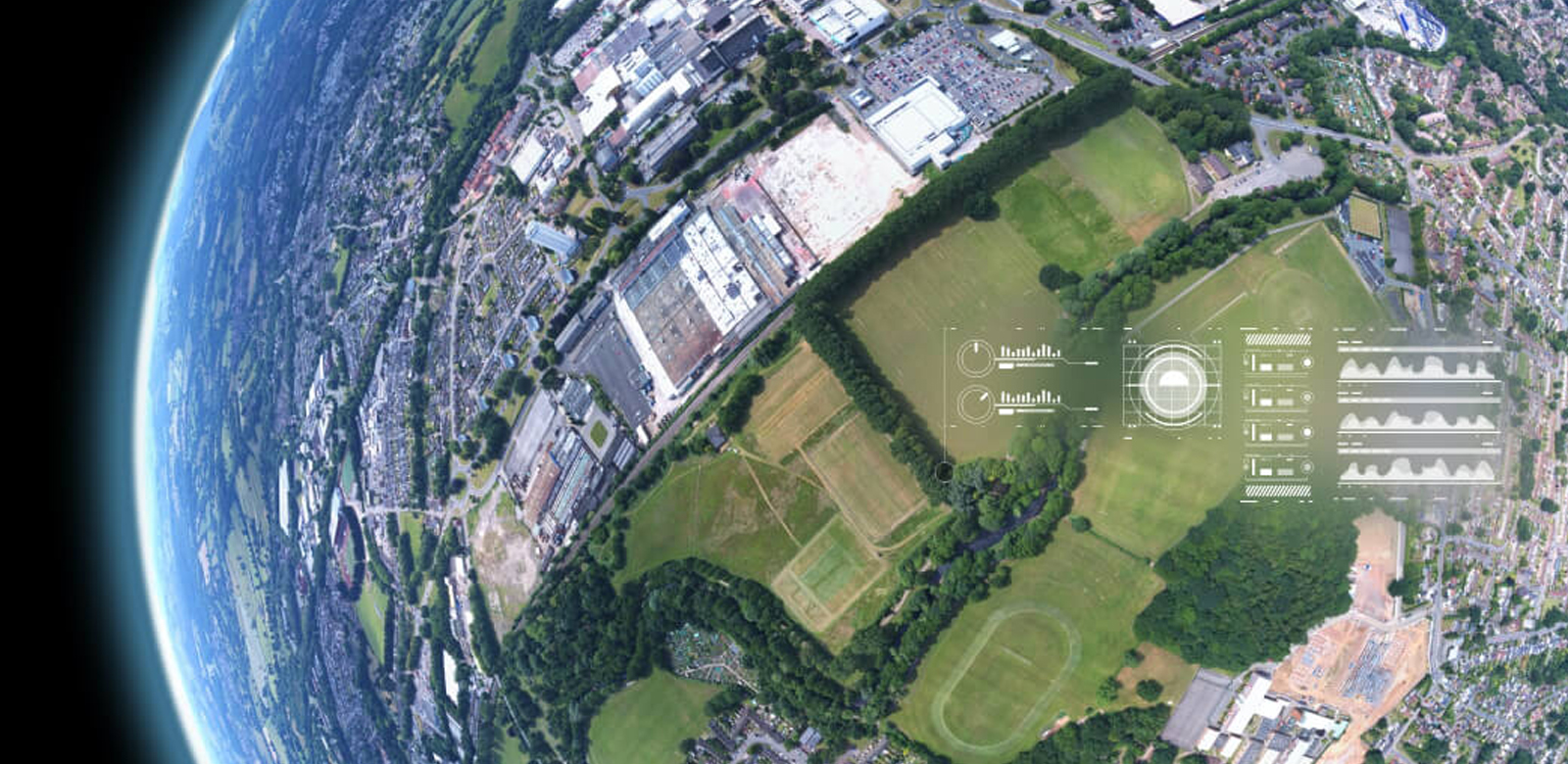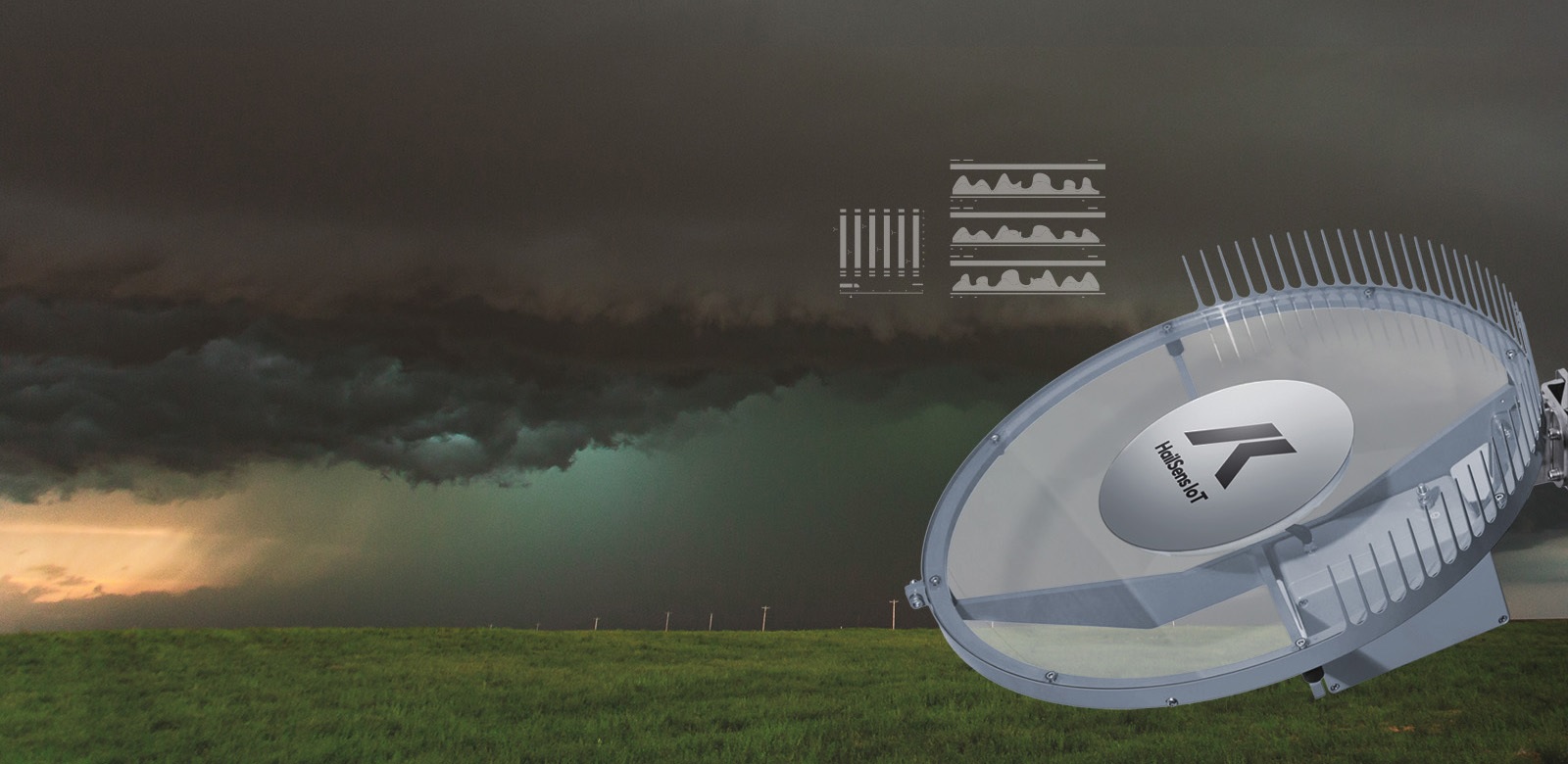Master the storm with HailSens IoT
Advanced Hail Monitoring Sensor | Reliable. Real-time. Insightful.
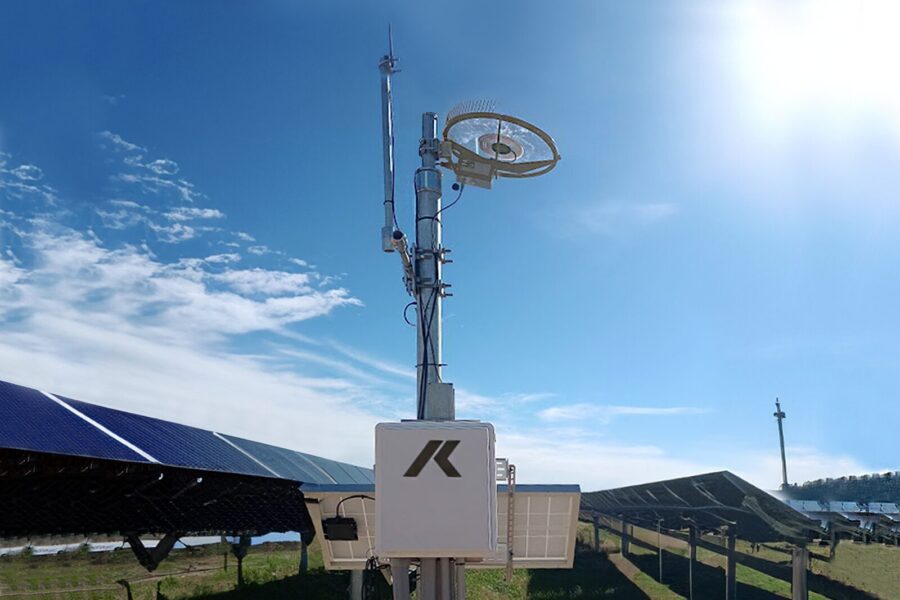
Hail mitigation just got smarter
HailSens represents a major leap forward in hail monitoring technology, providing immediate, accurate and comprehensive hail impact data. Using state-of-the-art sensor technology and advanced data processing, HailSens IoT overcomes the limitations of traditional methods enabling rapid identification of damage potential — minimizing downtime and providing insights to further enhance protection of your solar assets.
Download the Expert Q&A
Why choose HailSens IoT?
- Get real-time data on hailstone size, intensity & distribution
- Timestamp each hailstone impact
- Data empowers direct analysis of damage potential
- Take preemptive action to minimize damage
Who can benefit?
Professionals in the fields of:
- Utility-scale solar projects
- Insurance industry
- Building management
- Emergency preparedness
Discover the HailSens difference
Advantages
Use case
Solar farms
Ground-truth hail impact measurements are critical for assessing hailstorm intensity and severity. HailSens IoT provides objective assessments with real-time data triggering alerts and actionable insights, enabling timely response. Flexible data transmission and integration with existing systems supports seamless data flow. Low power requirements make deployment easy and efficient, even in areas with limited power availability.
Download the guideUse case
Insurance
HailSens IoT’s large sensing area captures a more representative sample across a wide range of hailstone sizes. More accurate analysis of hail size distribution allows insurers to assess claims quickly and efficiently, improving communication and trust between insurer and policyholder.
Use case
Building management
Regular hail monitoring can help building owners and managers protect the long-term value of their properties. They can preserve asset value by identifying potential vulnerabilities and then taking proactive measures to mitigate future risks.
Use case
Emergency preparedness
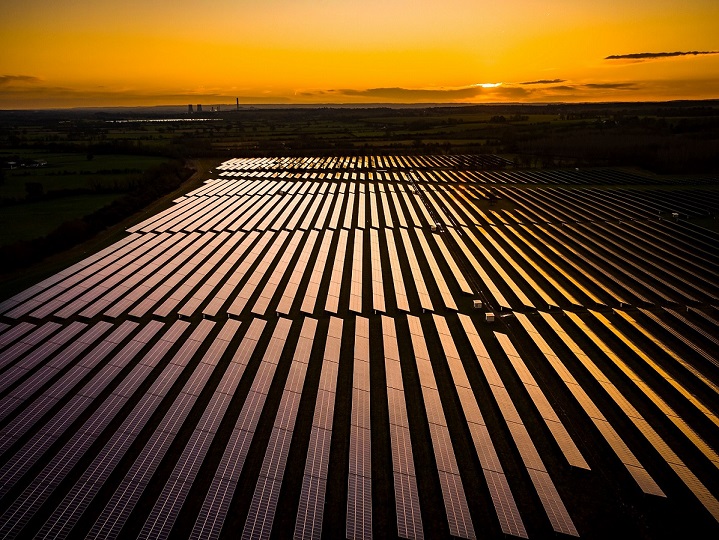
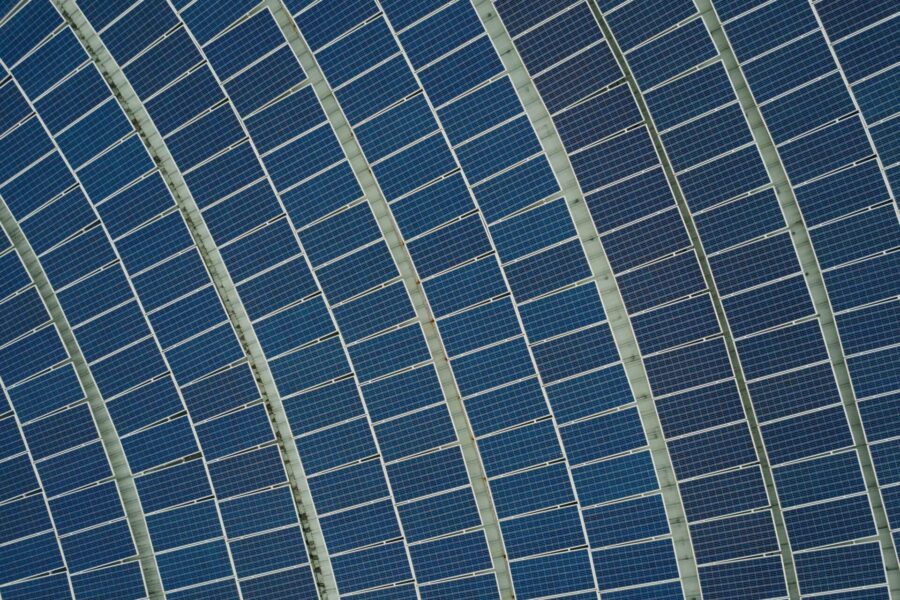

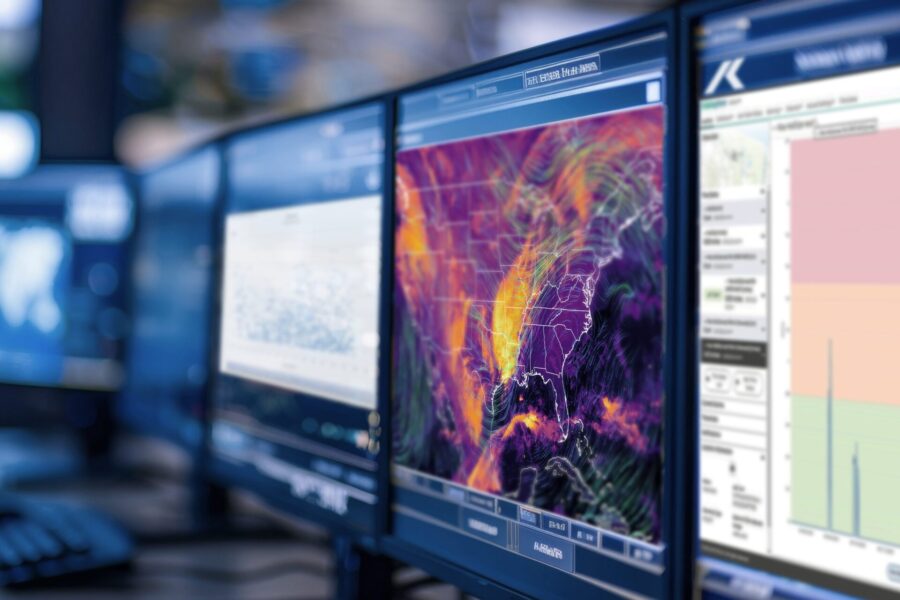
"HailSens represents the culmination of years of dedicated research. As the only hail sensor that seamlessly integrates with hailpad data – the gold standard for scientists worldwide – HailSens delivers continuity and accuracy in hail impact data collection. Proven in the field, HailSens provides unparalleled real-time insights, making it the first choice for both insurance claims and scientific research."
Edgar Wetzel, Global Head of R&D at KISTERS HydroMet
Enhancements
FAQs
What is HailSens IoT?
HailSens IoT is a sensor to precisely quantify and validate hail impacts in real-time or for comprehensive hail event analysis.
The robust hail detection system by KISTERS comprises a 19.7 in (50 cm) sensing plate that offers ±10% accuracy and detects hailstones larger than 0.20 in (5 mm).
Download Expert Q&AWho's HailSens IoT for?
How does HailSens IoT work?
Piezo microphones record the kinetic energy of the hailstones at the moment of impact on the large measuring plate or surface. An integrated microcontroller calculates the events in real time and provides data on the sizes of the hailstones and the intensity of the hailstorm. This information can be transmitted immediately to either a local data acquisition system or a cloud-based server for early warning alerts and further analysis.
The HailSens IoT sensor distinguishes between hail, ice pellets, and rain.
Can I add HailSens IoT to trackers?
Yes, easily mount the sensor to tracker torque tubs using a 5-inch (127 mm) bracket.
Can I add HailSens IoT to existing weather stations?
Yes, easily mount the sensor to poles with diameters of 2 inches (50.8 mm) to 4 inches (101.6 mm).
The round sensor plate is 14.33 lbs (6.5 kg). The 19.685 inch (500 mm) diameter plate detects individual hailstone kinetic energy, size, and timestamp in real-time.
Integrate sensors with existing weather stations to precisely record, alert on, and respond to hailstone impact force, size, distribution and frequency.
How many hail sensors should I deploy?
Our meteorology team recommends siting hail sensors every 0.50 mi as a rule of thumb. This density helps capture the chaotic and dynamic nature of hailstorms. This increment enables you to mount sensors where SCADA racks and inverters are already located.
For a 1,000 acre project or 4 sq km, we advise 9 sensors throughout the area. The setup allows some risk along the outskirts. However, if you prefer to mount sensors on the perimeter, we suggest 16 sensors for full coverage.
A general rule might be (A) either start at a corner, site a sensor every 0.50 mi / 800 m in both directions, and multiply the numbers, or (B) start in the midpoint of a edge, site a sensor every 0.50 mi / 800 m in both directions, and multiply the numbers.
Of course, the shape of solar farms can vary widely. We invite you to email us if you’d like to share maps to get specific guidance.
What is the hail sensor made of?
The round sensor plate is a 3-sheet Makrolon® polycarbonate. We’ve been studying the material, its response to impact, and ultimately its calibration for around a decade. Metal spikes along the top of the sensor serve as bird guards. (Spikes are not included on the bottom because the plate of a mounted sensor has a 10-degree angle, allowing hailstones to slide off.)
What is HailSens Now?
With 60 years of IT development expertise, KISTERS offers intelligent software to complement its sensor technology. HailSens Now is a hail early warning system that uses radar data and proprietary algorithms. Actionable alerts empower people to make safe choices based on warnings sent 60-90 minutes before forecasted hail impacts. Every minute counts to avoid or lessen hail loss.
What is HailSens 360?
In addition to HailSens Now, HailSens360 synthesizes forecast data (24 hours ahead), nowcast data (60-90 minutes ahead with updates every 6 minutes) along with meticulous post-event analysis detailing the full scope of a hail event. The crucial pre- and post-event insights go beyond generalized weather data to deliver a proprietary forecast/nowcast solution.
Pair with the HailSens IoT sensor for a total hail mitigation solution.

